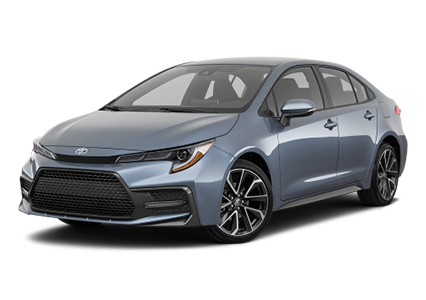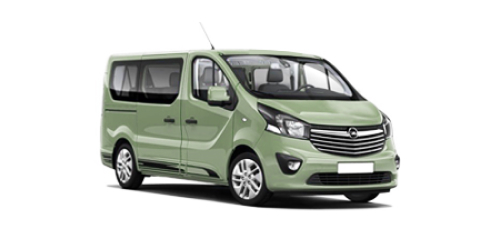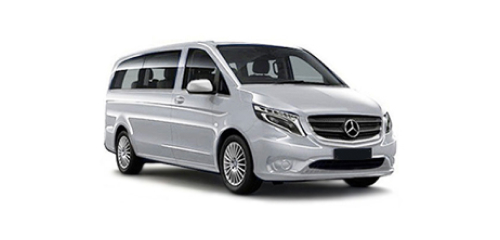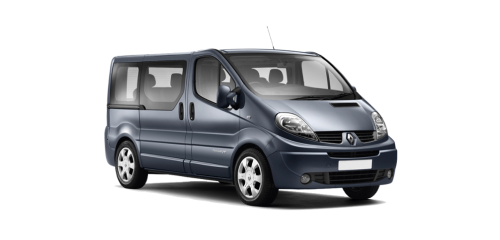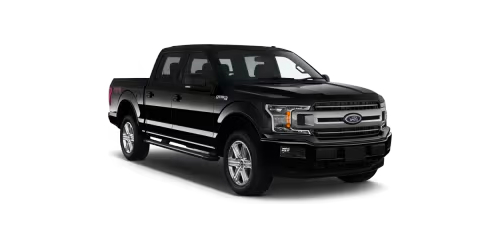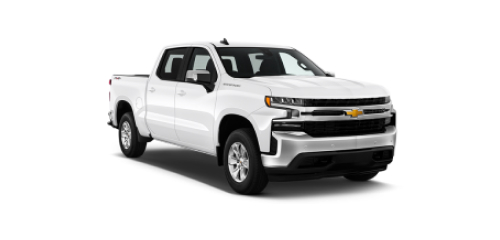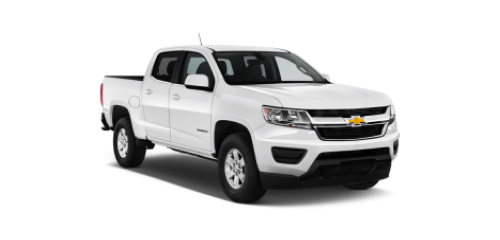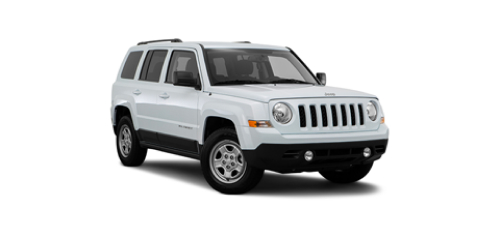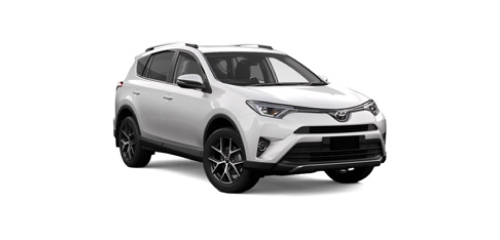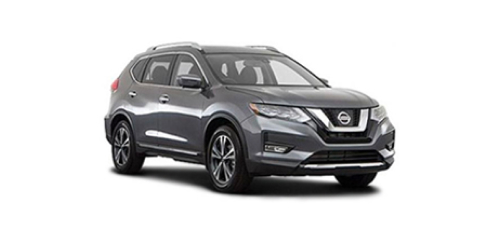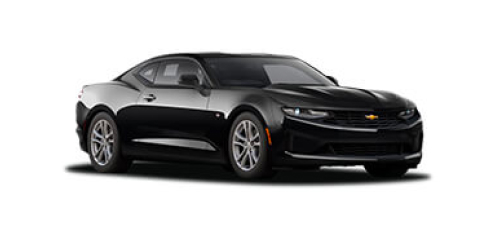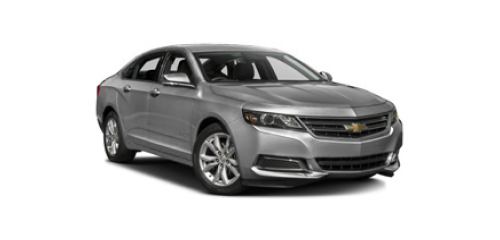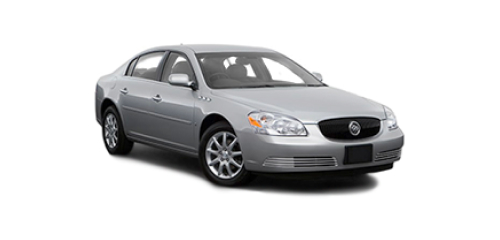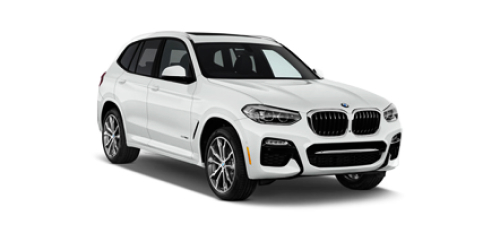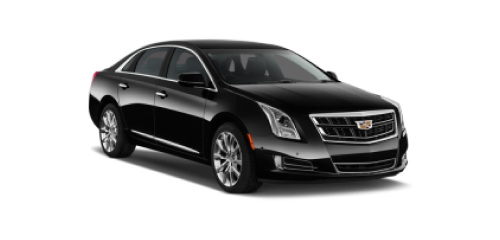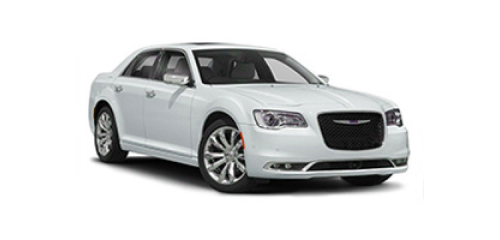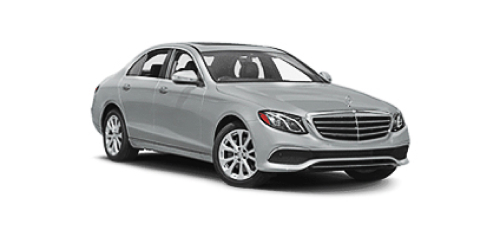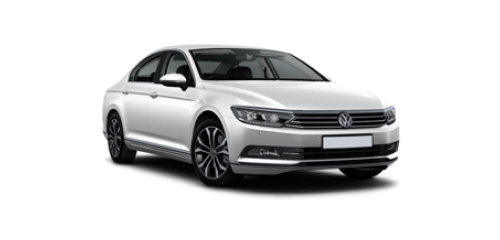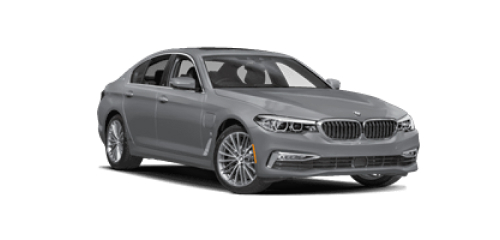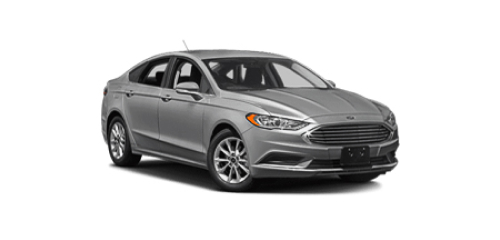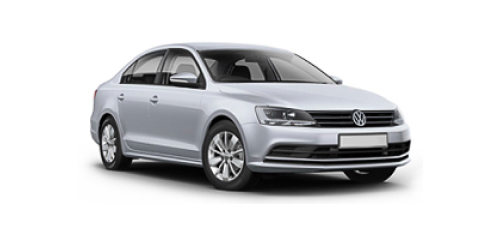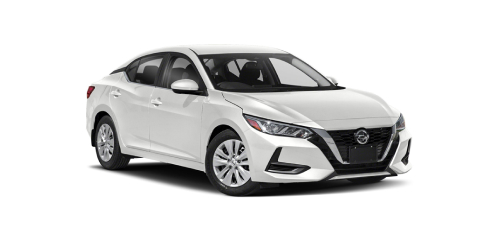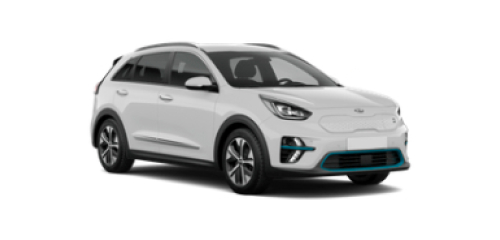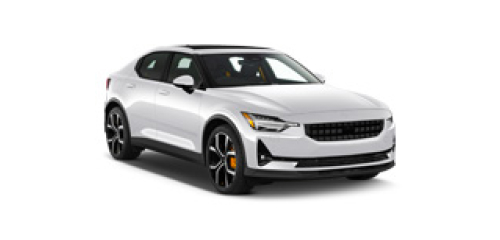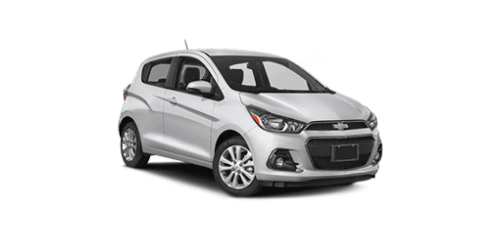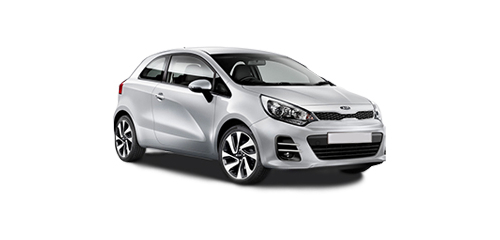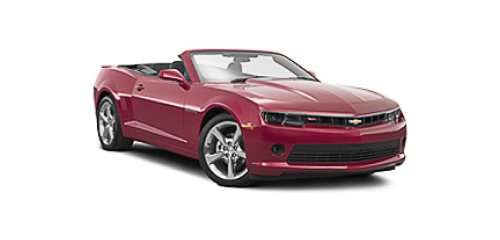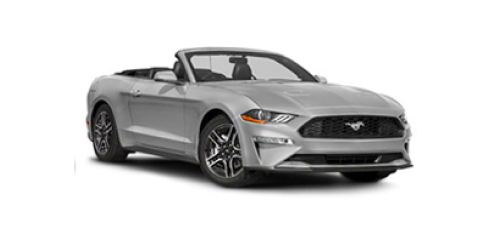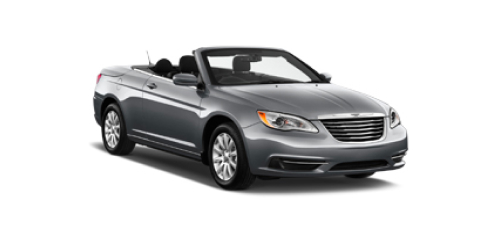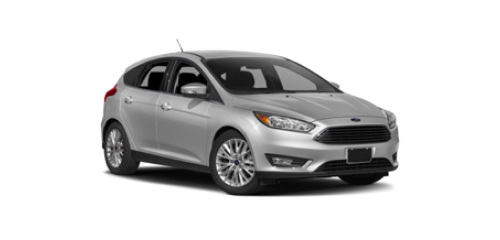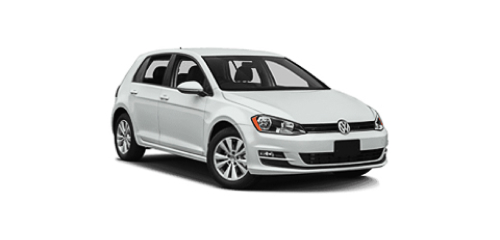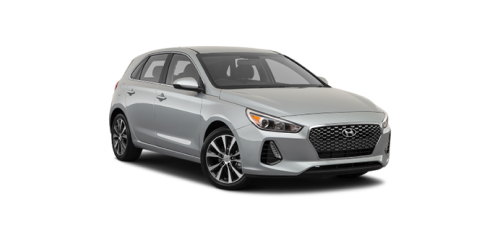
Car rental in Puerto Rico
- Secured payment guarantee
- 4 million users
- Multi-language support
- Booking of any class cars
- 800 providers worldwide

Car Rental in Puerto Rico: Where some of the Best Beaches in the Caribbean are
The only Caribbean island to also be a commonwealth state to the United States, Puerto Rico is a gorgeous and complex place to visit. You’ll get the expected gorgeous beach line and tropical flora and fauna, as well as unexpected strip malls, and evidence of a rich and complicated history written upon the landscape. Don’t just head to Puerto Rico to stick to one beach experience, but instead rent a car and explore the island at its fullest, from pre-colonial Taíno ruins to the remains of the Spanish Empire to the still flourishing coffee haciendas.
Tourist season spans from December through August in Puerto Rico, but the best time to visit is from mid-April to June, when the weather is typically mild and much drier than during summer, which brings a lot of rain.
While both Spanish and English are the official languages of Puerto Rico, Spanish is the dominant language and has a distinct local flavor. If you’re having trouble understanding anyone, don’t hesitate to ask them to speak more slowly.
The currency in Puerto Rico is the US dollar, and Puerto Rico is very much still a cash culture. ATMs are widely available throughout the island.
If you are flying to Puerto Rico, you will likely land at the Luis Muñoz Marín International Airport in San Juan. This is an excellent place to pick up your rental car. You can also rent a car from any major Puerto Rican city, including downtown San Juan, Arecibo, Mayagüez, and Ponce, as well as at the Rafael Hernández Airport in the northwestern corner of the island.
Old San Juan is well-worth a visit and is located just a 20-minute drive from the Luis Muñoz Marín International Airport. Ponce is located about 1.5 hours southwest of San Juan by car, and you can drive from one side of the island to the other in 4 to 6 hours.
Driving in Puerto Rico
Roads in Puerto Rico are generally in good condition, though you should be wary of potholes in mountainous areas and in city centers.
Right-Hand Driving
- As in the continental US, traffic drives on the right-hand side of the road in Puerto Rico.
Speed Limits
- In cities: 25 miles per hour (circa 40 km/h)
- On country roads: 45 miles per hour (circa 70 km/h)
- On highways: 55-65 miles per hour (circa 85-105 km/h)
- Traffic cameras and police cars regulate these speed limits across the island.
- You can expect traffic during rush hours in any of Puerto Rico’s cities, though especially in San Juan.
Other Regulations
- Street parking in San Juan is primarily reserved for residents, so use one of the numerous parking garages located near the cruise port for your day visits to the city.
- Drivers coming to Puerto Rico with a driver’s license issued by a country other than the United States will require an international driver’s permit in addition to their domestic license.
- There are four major toll roads in Puerto Rico, which can significantly speed up your travel around the island. Tolls for passenger vehicles generally range from $0.50 to 1.50. Ask your rental company if your car is equipped with an AutoExpreso transponder to electronically record your toll road usage.
- The minimum driving age in Puerto Rico is 18, though renters will have to be at least 23 years of age to rent a car, and drivers under the age of 25 may be issued a surcharge.
- Puerto Rico follows US entry requirements, meaning that Americans travel visa-free to Puerto Rico, and a further 38 nationalities can travel to the island as tourists without applying for a visa. If you are among these nationalities, you are still required to fill out the ESTA in advance. Everyone who enters the United States or Puerto Rico will be fingerprinted and biometrically photographed upon entry. If your nationality is not included on the visa-waiver program list, you will be required to apply for a B-1 or B-2 visa in advance of your arrival.
Other Tips
- Road signs are in Spanish and are very similar to US road signs, though note that speed limits are in miles per hour, while signs indicating distance are in kilometers.
- Many rental car companies will provide a free shuttle to their office to pick up your car.
- Drive defensively and keep an eye out for unexpected behavior by other drivers on the roads; they are unlikely to use turn signals or to have fully functioning brake or headlights.
- On narrow mountain roads, it is courteous to honk or beep your horn as you approach blind turns. If you’re headed to remote sights, consider using the coordinates for your destination, rather than street names, as this will more accurately get you to your destination.
Explore popular cities with our best car rental in Puerto Rico
Experience the top locations with cheap car rental in Puerto Rico
Discover the cheapest car rental in Puerto Rico
* Disclaimer: Prices displayed may not reflect today's rates.







